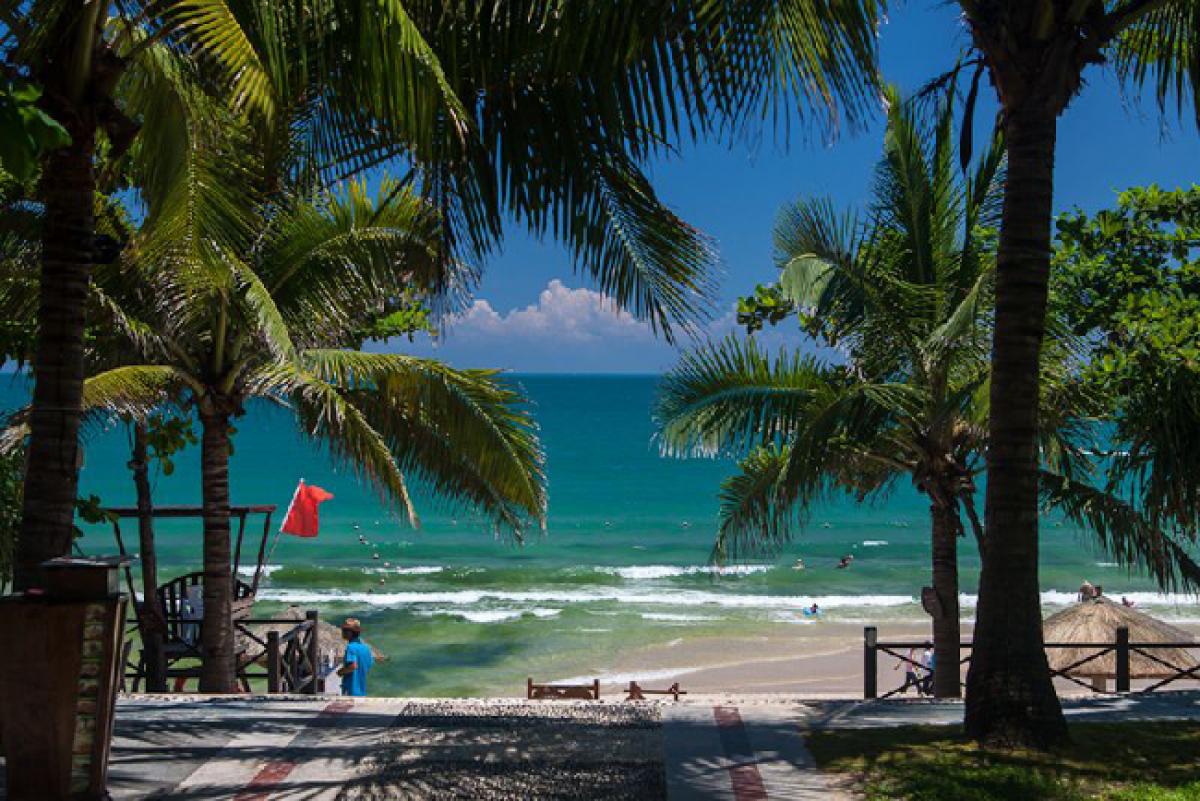Live
- Ashutosh Gowariker to lead International Jury at IFFI 2024
- The global challenges of greener aviation
- Shreyas Media secures exclusive advertising rights for ‘MahaKumbh Mela 2025’
- Experience the journey of art
- Seven iconic ghats undergo makeover for Mahakumbh
- Smog engulfs capital with ‘severe’ air quality
- Slur against HDK wrong, Zameer will be corrected: K’taka Cong
- Himalayan Echoes Literature Festival returns to Nainital with a focus on art, environment, and culture
- Taking Off: Solo travelling as a minor
- MVA will win over 160 seats, form govt in Maha: Shivakumar
Just In

Coconut and straws featured in the opening speech by Chinese Premier Li Keqiang which largely revolved around the economic travails of his country at the Boao Forum here.
Hainan (China): Coconut and straws featured in the opening speech by Chinese Premier Li Keqiang which largely revolved around the economic travails of his country at the Boao Forum here.
Li, who did not mince words about the difficult times ahead for the world's second largest economy, said how a small piercing tool had made drinking coconut water with straws more hygienic for tourists in Hainan, an island province in southern China. The reference to coconut water and tourists in Hainan was aptly made to underline China's plan to develop this island into a world-class tourist hub, which hosted the four-day economic summit in Boao city in March.
Having seen its economy slow down to a 25-year low of 6.9 percent in 2015, China seems to be making a transition from industry to service sector, which grew by 8.3 percent as compared 6 percent manufacturing growth last year.
Described as Oriental Hawaii by the Chinese media, Hainan, located in the South China Sea, is blessed with pristine beaches, volcanic mountains and tropical rain forests.
The place is a heaven for those who have a fondness for seafood.
The island, which until 2010 was more known for producing tropical fruits, is vying to catch up with established international tourist destinations in neighbouring Thailand and Malaysia.
It was only in 2010 that the Chinese government decided to turn the laid-back island into a global tourist spot.
Over the years, Beijing seems to be fiercely promoting tourism in Hainan but it is yet to become popular with international tourists.
According to the World Travel and Tourism Council, 97 percent of the tourists who thronged Hainan in 2014 were Chinese.
"After agriculture, tourism is the next big thing in Hainan. The goal is to make this island as an international tourist spot by 2020," Zhao Hong, division director of Hainan Tourism Commission, told IANS.
Hainan generated over 57 billion yuan as revenue from tourism in 2015, an increase of 13 percent from the previous year.
In February, the provincial government doubled the cap for buying duty free products from 8,000 yuan to 16,000 per trip for domestic tourists.
The resort town of Sanya has one of the world's largest duty-free shops.
Hainan has 82 five-star hotels, some located on a 7.5-kilometre long Yalong Bay in Sanya. A total of 23 international hotel groups are operating in Hainan.
Besides scenic beauty, Sanya's infrastructure is developing rapidly. The tree-lined roads and magnificent high-rises give a sense of infrastructure and environment going in hand in hand.
Zhao says that heavy industries are not allowed in Hainan.
The sail-shaped skyscrapers on the man-made Phoenix Island in Sanya look magnificent.
The government is planning to expand the Sanya Phoenix International Airport. The Hainan Airlines is already in the list of Fortune 500 companies.
The island also boasts of a 650-km high-speed rail network which connects all the major airports. China claims it to be the world's first circular high-speed railway line.
The train, which runs at a speed of 250 km per hour, takes a little over three hours for a trip of the entire island.
Travelling on this train, which has a cafeteria and other modern facilities, is a real treat since it passes through tropical forests and man-made tunnels.
Sanya also has tourist police - a first of its kind. It was launched in December last year to protect tourists.
It was set up after a tourist complained that he was charged 1,520 yuan for a dish of prawns. The tourist was in for a shock when he was told that the price per prawn was 38 yuan.
"The number of tourists is increasing from Italy, France, Germany, Spain and Russia," Li Yongquan, a tour guide in Hainan, told IANS.
Locals say more and more "white-skinned" people can be seen smashing volleyball on Sanya's beach over the years. But the Chinese outnumber the foreigners.

© 2024 Hyderabad Media House Limited/The Hans India. All rights reserved. Powered by hocalwire.com







